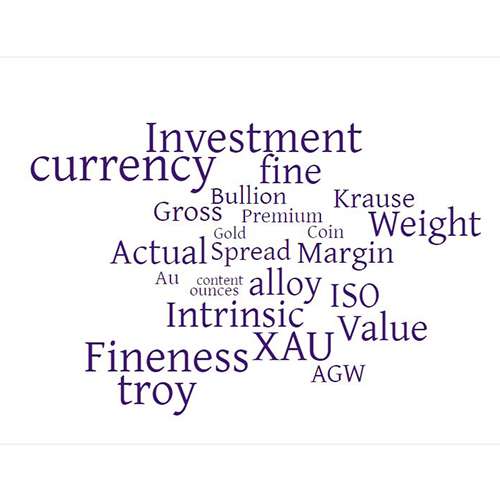The Rise of Hydrogen Refuelling Infrastructure
Synopsis
As the world turns to sustainable mobility, hydrogen fuel cell electric vehicles (FCEVs) are gaining traction, and platinum is playing a critical role in the technology. The development of hydrogen refuelling infrastructure and the growing demand for FCEVs could have significant implications for the platinum market and the luxury sector.

Hydrogen Refuelling Infrastructure Development
As the world focuses on reducing greenhouse gas emissions and mitigating climate change, the demand for sustainable mobility has emerged as a promising solution. Hydrogen fuel cell electric vehicles (FCEVs) have been identified as a key player in this space. FCEVs are powered by a fuel cell that converts hydrogen and oxygen into electricity, emitting only water vapor and heat as byproducts.
In order to accelerate the growth of FCEVs and contribute to the decarbonization of mobility, leading energy companies such as Air Liquide and TotalEnergies have come together to create a joint venture that aims to develop more than 100 hydrogen refuelling stations for heavy-duty vehicles in major European roads. This joint venture represents a significant step towards the development of hydrogen refuelling infrastructure, which has far-reaching implications for the growth of platinum demand.
At the end of 2022, 814 hydrogen refuelling stations were in operation worldwide, with the majority located in Asia, followed by Europe and North America. Japan leads the way with 165 stations, followed by South Korea with 149. In Europe, Germany has 105 operating stations, with France coming second with 44 stations. However, plans are already in place for an additional 315 hydrogen refuelling station locations worldwide, with China alone expected to build at least 800 stations by 2030.
Hydrogen can also be transported using hydrogen trailers and hydrogen tube trailers. A hydrogen tube trailer is a tube-shaped container used to transport hydrogen gas, while transportable hydrogen refuelling stations are small enough to fit into a shipping container. These innovations are expected to help overcome the challenges of hydrogen refuelling infrastructure development.
Hydrogen FCEVs offer a sustainable solution for road transportation, contributing to the decarbonization of mobility. FCEVs emit only water vapor and heat as byproducts, which makes them more sustainable than traditional internal combustion engines or even battery electric vehicles that rely on non-renewable sources of energy.
Platinum's Role in Fuel Cell Technology
Platinum is a critical component of hydrogen fuel cells, used as a catalyst to enable the chemical reaction that generates electricity. The durability, stability, and reactivity of platinum make it the most effective catalyst in proton exchange membrane (PEM) fuel cells, the type used in hydrogen FCEVs. While platinum-related demand for hydrogen is currently small, it is expected to grow substantially through the 2020s and beyond, reaching as much as 35% of total annual platinum demand by 2040, according to WPIC's projections.
The growth in demand for FCEVs is expected to drive an increase in demand for platinum, which will have implications for the automotive and luxury goods sectors. As the use of hydrogen fuel cells grows, demand for platinum is expected to rise in various sectors, including electronics, glass, and chemical production.
One of the key challenges to the growth of hydrogen FCEVs is the high cost of platinum and the relatively high cost of producing hydrogen. Researchers are developing new catalysts that use less platinum or substitute platinum with other materials, which could help reduce the cost of FCEVs in the future.
Implications for the Luxury Sector
The increasing demand for hydrogen fuel cell electric vehicles (FCEVs) and the growth in hydrogen refuelling infrastructure development is expected to have significant implications for the platinum market and the luxury sector. As the use of hydrogen fuel cells grows, demand for platinum is expected to rise in various sectors, including electronics, glass, and chemical production.
One of the key challenges to the growth of hydrogen FCEVs is the high cost of platinum and the relatively high cost of producing hydrogen. Researchers are developing new catalysts that use less platinum or substitute platinum with other materials, which could help reduce the cost of FCEVs in the future.
Additionally, the cost of producing hydrogen is currently more expensive than other fuels, but as the use of hydrogen fuel cells grows, the cost of production is expected to decrease. Efforts are also underway to produce hydrogen from renewable sources, such as wind and solar power, which would make it a more sustainable option.
The Future of Hydrogen Fuel Cells in the Luxury Sector
As companies strive to reduce their carbon footprint, the use of hydrogen technology is expected to grow. For the luxury sector, the use of hydrogen technology offers an opportunity to demonstrate environmental consciousness and appeal to consumers who value sustainability. As a critical component of hydrogen fuel cells, platinum is set to play an important role in the manufacturing of high-end goods, making it an important consideration for luxury companies looking to adopt sustainable technologies.
Related Articles
This guide and its content is copyright of Chard (1964) Ltd - © Chard (1964) Ltd 2024. All rights reserved. Any redistribution or reproduction of part or all of the contents in any form is prohibited.
We are not financial advisers and we would always recommend that you consult with one prior to making any investment decision.
You can read more about copyright or our advice disclaimer on these links.






